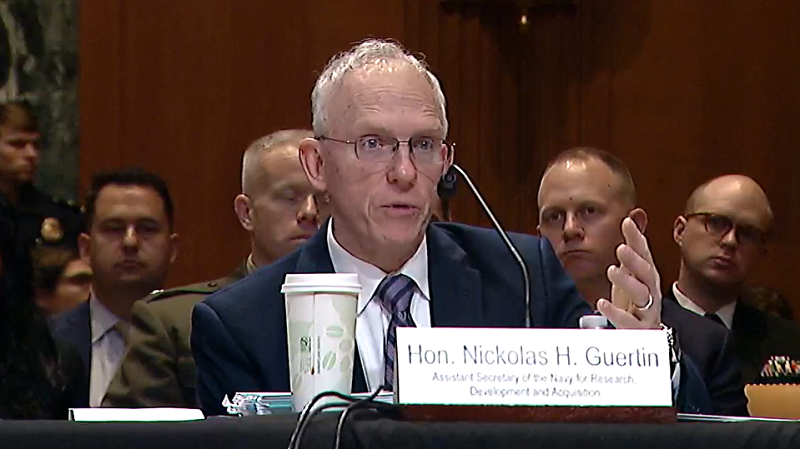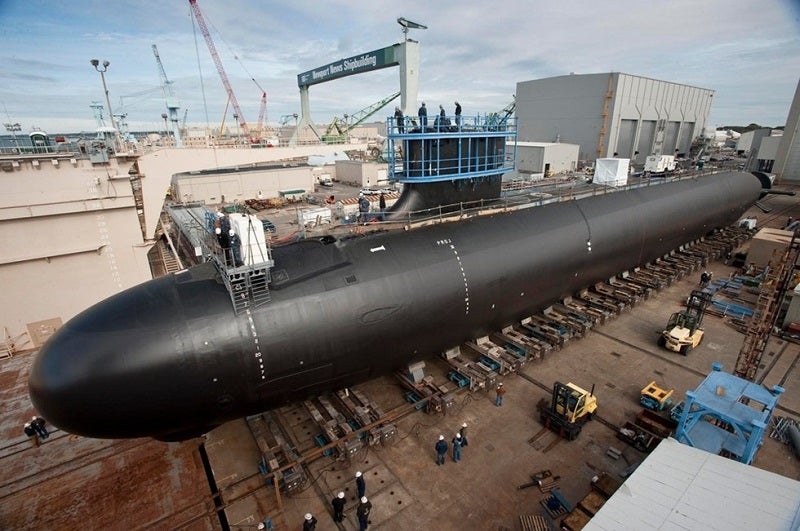In a US Senate Defense Appropriations Committee hearing on acquisition timelines, which took place on 15 May 2024, the Department of the Navy (DoN) stated that it is on track to deliver an “historic level of throughput” in submarine construction after several years of underperformance.
With new funds amounting to $11.1bn allocated to the submarine industrial base in the fiscal year (FY) 2025 Budget, the Assistant Secretary of the Navy for Research, Development and Acquisition Nickolas Guertin was steadfast in his belief that the DoN could deliver more submarines.
At the moment, industry are already struggling to deliver just 1.2 boats per year.
An ambitious pledge
Probed by the Senator for Rhode Island, Jack Reed, Guertin projected that the latest budget investment will help the DoN deliver “more than two and a third” Virginia-class boats, “plus serial production of Columbia” class ballistic missile submarines.
Although Guertin stipulated that the Navy cannot deliver this pledge right now without the planned investment in infrastructure, he observed that “with the investments we are going to be executing over the course of the next few years, we are going to get to that point.”
He added: “the capacity we’re looking at right now is to improve the shipyards we have. In the near-term that’s where we need to put our money.
“We are actually looking at where else we might have shipyard capacity, but right now we’re driving more of the work out of the shipyards where they are right at the waterfront and to push more of that work into the other facilities that can support bringing those submarines together in the couple of places that are unique to that capacity.”

A sceptical Senate
Reed voiced his concern that the FY25 Budget, released in the first half of March this year, laid out plans to construct just one Virginia-class boat, while the Columbia development is “slipping.”
Under Secretary of Defense Acquisition and Sustainment, Dr. William LaPlante, suggested that “The [DoN] had the difficult choice of either adding to the backlog that was there or taking money and [investing] it in increased capacity, knowing that that’s going to be delayed before we see the increase. And it was the increased capacity that the Department chose to do.”

LaPlante continued to update the committee on the status of the Columbia programme in recent months, and forecast its future trajectory.
“With Columbia, we lost some ground in the [autumn], it looks like we’re gaining some of it back right now.
“The question is can we gain enough back to get the one year, which is the nominal, behind on Columbia to get that shortened… a lot of it has to do with technical data packages and work constructions getting to the workforce in a way that they can implement.”












